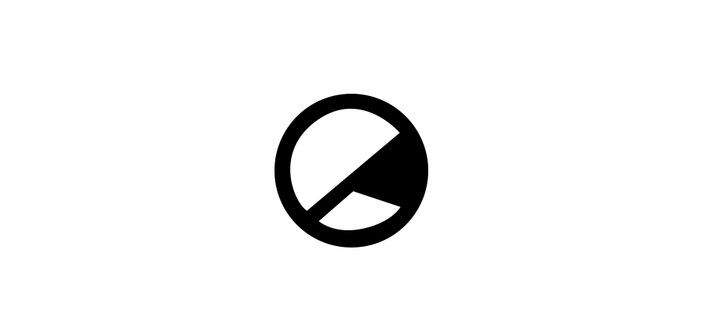Thankfully, after years of being one of the most harshly overlooked directors of all time, Kelly Reichardt’s dedication at the end of her recent feature First Cow to Peter B. Hutton brought some attention to his work. Hutton’s passing in 2016 was a shake to the very foundations of modern experimental cinema (particularly in America) – his fusion of the works of directors like Stan Brakhage and the still-working James Benning into a style completely his own remains striking in every single one of his projects.
I first came across Hutton’s work when looking for inspiration for a project I was planning. Having gone through Brakhage’s work (as much as was available of his unfathomable workload of at least 350 films!) and having recently been enjoying the work of New York photographer Khalik Allah (as well as William Basinski’s Integration Loops film/album), Hutton’s trilogy of short films New York Portrait parts I, II and III appealed to me for their unique look at the most frequently looked at city in the world. These films put me onto a new binge of all of Hutton’s work which is thankfully readily available on YouTube for the most part.
Whilst all of Hutton’s work was and still is important to me, particularly his two feature length films At Sea and Three Landscapes, Skagafjordur is the one that stands out above the rest and is almost constantly on my mind even though it has been years since I first saw it now. What makes this film so impressive is how it looks at landscape and, more specifically, how it uses the camera to visually alter landscapes beyond recognition.
The film was shot in Iceland, looking at various landscapes in the Northern parts of the country. Hutton’s film, though it may sound basic, captures the light in such a way that the waves become these reflective, moving piles of glitter so that the mountains in the background become staggeringly large and oppressive in spite of their beauty. Ironically, the now dated quality of the film only adds to the eerie, slightly uncanny feel it gives the world as the digital blotches of pixels distort things even further than Hutton’s camera placement does. It is simultaneously staggeringly beautiful and absolutely haunting, seeming to take inspiration from the scene in William Wordsworth’s The Prelude in which a young man and a woman go out in a boat for a presumably romantic adventure before the man is psychologically traumatised by the sight of a huge mountain, which ‘were a trouble to my [the narrator’s]dreams’.
As someone who has always found experimental cinema interesting but struggles finding those exemplary films to really grasp to and look at in depth, Skagafjordur was a major turning point in my appreciation for experimental film and remains sorely underrated. It’s a daring, hypnotic film by a phenomenal director with an always unique perspective to present.
Skagafjordur is available on YouTube. Watch it in full below:




